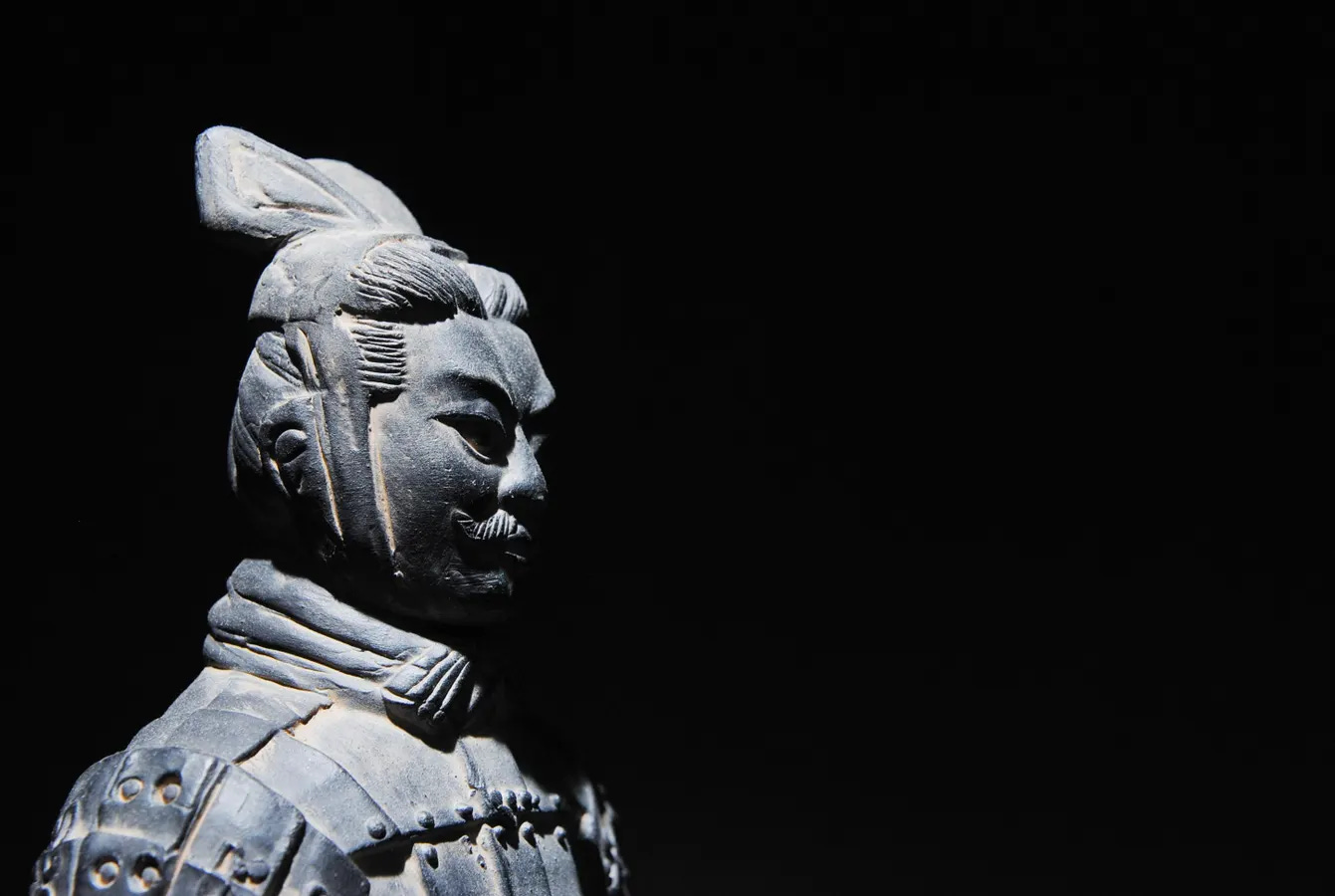USDC: Circle’s Revenue, Depeg Lessons, and 2030 "Price" Projections
How Circle Makes Money
Circle, the issuer of USDC, generates revenue from several key streams:
They earn significant income (interest) from the reserves backing USDC, much of which is held in U.S. Treasuries. As of 2024, the yield on these treasuries has been a major driver of Circle’s profitability, especially during periods of high interest rates. This so-called "float revenue" is Circle’s most lucrative income source; the longer funds remain untouched, the more interest accrues.
They also charge fees for various transactions within the ecosystem, including swaps, redemptions, and payments. As more businesses integrate USDC into their payment systems, these fees contribute to Circle’s revenue stream.
Circle collaborates with platforms like Coinbase and Binance to facilitate USDC adoption. These partnerships expand its footprint and lead to indirect revenue from increased USDC usage.
Circle offers APIs and other infrastructure services for companies looking to integrate USDC. By positioning itself as a tech provider, Circle monetizes the backend operations that support USDC’s ecosystem.
While these streams make Circle profitable, they also tie its fortunes closely to macroeconomic conditions like interest rates and market demand for USDC; hence they are also more prone to risk.
The Depegging Incident: A Stress Test for USDC
In March 2023, USDC briefly depegged from its $1 target during the collapse of Silicon Valley Bank. Circle held approximately $3.3 billion of its reserves in SVB, causing panic when the bank became insolvent. The stablecoin dropped to $0.88 before regaining its peg after Circle assured the market that it would cover any shortfall.
While Circle and USDC survived the incident, the depegging obviously raised serious questions about the robustness of its operations:
As they were slow to respond, Circle’s lack of immediate communication amplified market panic. Although it eventually provided assurances, the delay caused unnecessary speculation and cause many to panic sell for 0.88 cents on the dollar. UST trauma was all too fresh.
As for resilience under stress, this incident highlighted how sensitive some centralized stablecoins are to external shocks, particularly in their reserve management.
The recovery restored some confidence, but the depegging left a lasting impression on investors and institutions who began questioning USDC’s reliability as a “safe” stablecoin.
The depeg was a critical moment for Circle, and while it passed the stress test, it did so narrowly and not without reputational damage.
Where Will USDC’s Market Cap Be in 2030?
Let’s assess key trends in adoption, regulation, and competition:
Circle’s partnerships with companies like Binance and its focus on regulatory compliance position it to expand into institutional markets. If Circle successfully integrates USDC into mainstream financial systems, increasingly so, its market cap could grow substantially.
Circle’s strategy hinges on being the “compliant” stablecoin issuer. While this has won its favor with regulators in the U.S. and Europe, over-regulation or restrictive policies could stifle its growth. Europe won’t be doing its network effect any favors. After all, they have the euro, they hate innovation, and they love rules.
Tether’s dominance in emerging markets and its first-mover advantage pose a significant challenge to USDC. Additionally, new players entering the stablecoin market, including CBDCs (Central Bank Digital Currencies), could erode USDC’s market share. Projects are popping up every week. The stablecoin casino is real.
Market Cap Prediction:
Optimistic: If Circle navigates regulatory challenges, and expands its use cases , and thinks of other revenue streams and launches more actual products, USDC could achieve a market cap of $150–200 billion by 2030.
Neutral: With steady growth and limited competition, it may settle around $80–100 billion.
Pessimistic: Should new competitors emerge, and Tether continues its meteoric rise, Circle falters in maintaining trust, and USDC’s market cap could stagnate or even decline to $20 billion or less.
Strategy meets Execution meets Luck
Circle’s revenue model is pretty robust, primarily driven by interest income on reserves. They have a direct, cultural link to the t-bills. The depegging incident exposed vulnerabilities in its operational framework and highlighted the challenges of maintaining trust in a volatile market.
Looking toward 2030, USDC’s future depends on Circle’s ability to balance compliance with innovation and fend off growing competition from Tether’s incredible product suite, newly incubated stablecoins, and potentially even CBDCs. While Circle positions itself as the “safe and regulated” option, only time will tell if this strategy is enough to sustain its market cap and relevance in an increasingly crowded and cannibalized ecosystem.
Circle’s performance in the coming years will be the litmus test for the sustainability of centralized stablecoin models. Whether USDC thrives or merely survives remains to be seen.
I love stablecoins, Tether in particular, and I will be writing about the ongoing and ever-increasing future stablecoin war. Stay tuned for insights, drama, and analysis as it all unfolds.
P.S. In case you didn’t realize, I am not Patrick Hansen.


